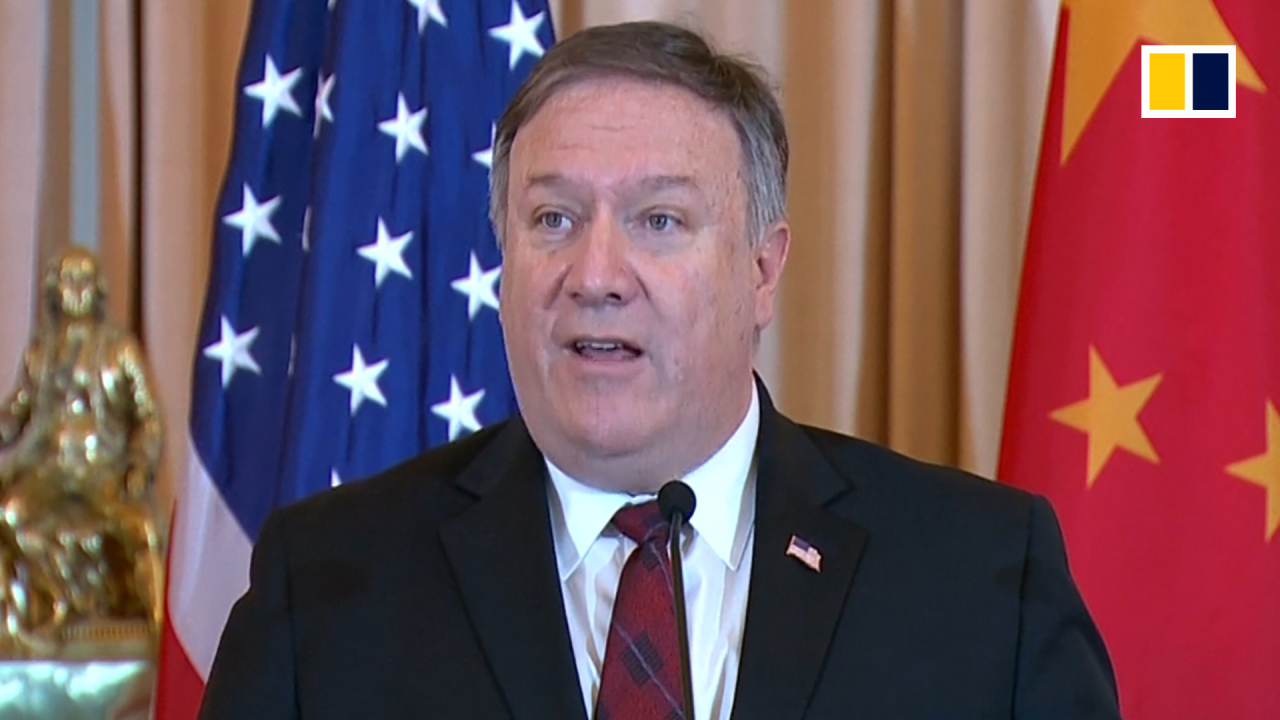China, US unlikely to have military conflict, Chinese think tank says
- Contact between the two militaries has helped to prevent political disputes leading to misunderstandings, it reports
- Top US military officer is known to have made calls to reassure his Chinese counterpart in the final months of Donald Trump’s presidency

Defence and maritime experts also said extensive interaction between the two militaries over the years had helped to ensure restraint rather than either instigating aggression.
The US Navy has for more than a decade tended to use an Arleigh Burke guided-missile destroyer to conduct freedom of navigation operations (FONOPs) in the disputed waters despite having more powerful amphibious expeditionary strike groups in the region, said the report, released on Thursday.

01:59
US presses China to halt militarisation of South China Sea
“The USS amphibious fleets are in the South China Sea, but they never take part in the FONOPs in the region,” it said, adding the Americans had actually scaled down their military presence in the region during the Covid-19 pandemic.
The US has kept at least two aircraft carrier strike groups in the region to monitor the Chinese navy because of concern over Beijing’s assertiveness in the Taiwan Strait and the South China Sea.